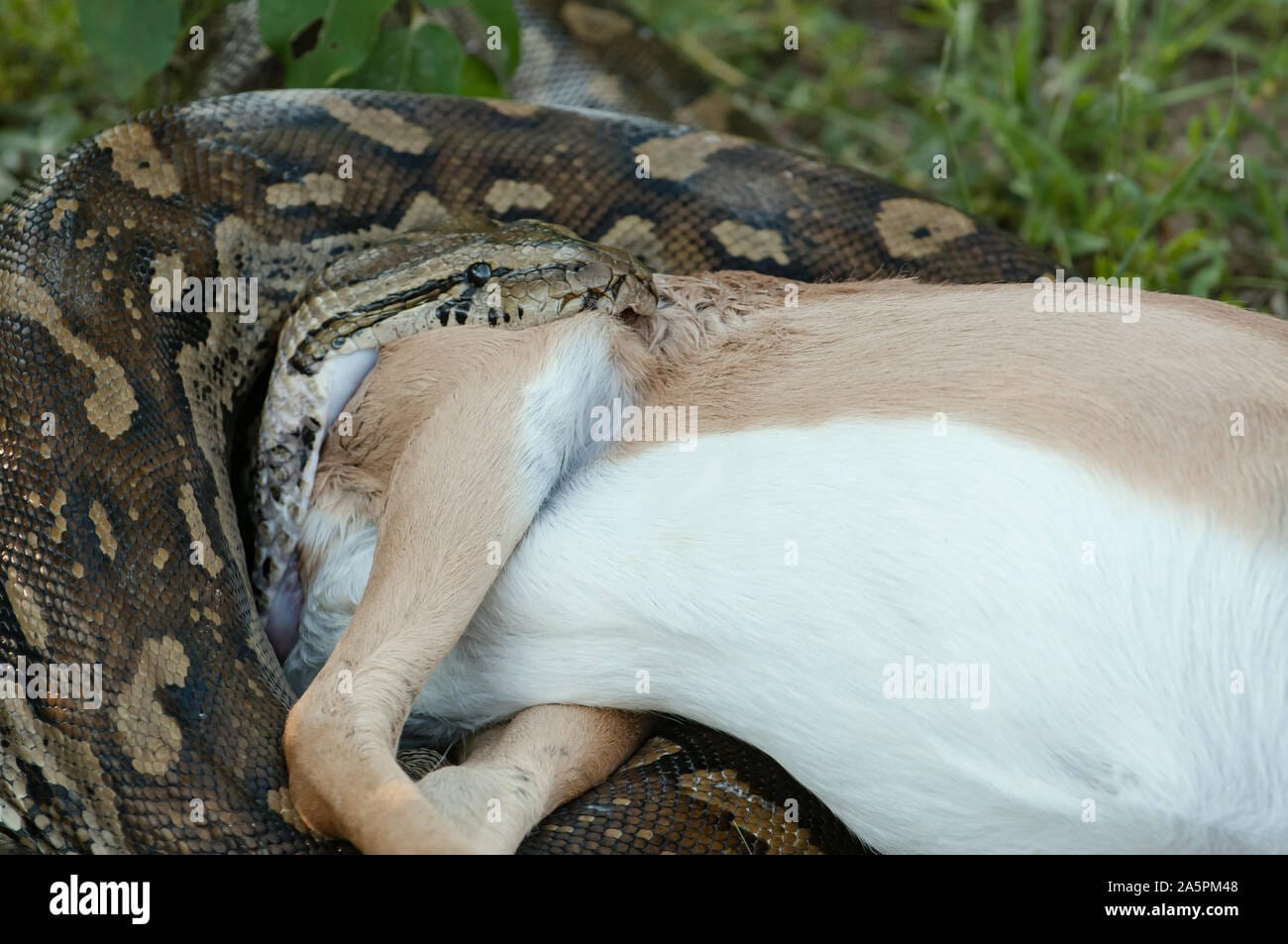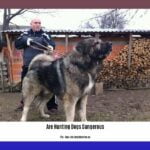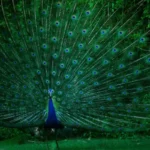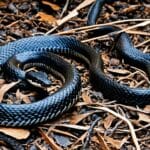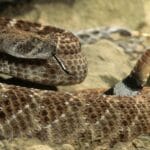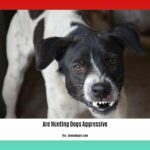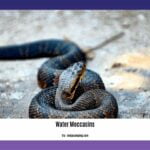Cobras, with their iconic hoods and deadly venom, might seem invincible. But even these apex predators have to watch their backs! Believe it or not, a surprising range of animals have evolved to challenge, and even consume, these venomous serpents. Let’s delve into the world of the creatures bold enough to make a meal out of a cobra.
Cobra’s Worst Nightmare: Meet the Predators
These courageous creatures have developed remarkable strategies for hunting cobras:
1. The Lightning-Fast Mongoose
Perhaps the most famous cobra foe, the mongoose is a small, agile mammal with a legendary reputation. They’re renowned for their lightning-fast reflexes and incredible agility, allowing them to dodge cobra strikes with ease. But their secret weapon is a unique resistance to cobra venom, which allows them to shrug off bites that would prove fatal to other animals. With a quick and precise bite to the cobra’s head, the mongoose secures its victory.
2. The Tenacious Honey Badger
If there’s an animal that embodies fearlessness, it’s the honey badger. These tough creatures are practically immune to cobra venom thanks to their incredibly thick skin and specialized venom receptors. They’re also incredibly strong and tenacious, often wearing down cobras with relentless attacks. Honey badgers have even been known to eat cobras whole, venom and all!
3. The Avian Assassins: Birds of Prey
Cobras may rule the ground, but they’re not safe from aerial attacks. Eagles, hawks, and the aptly named secretary bird all view cobras as a potential meal. These sharp-eyed predators use their keen eyesight to spot cobras from above, swooping down to deliver a fatal blow with their powerful talons.
4. The King’s Appetite: Cannibal Cobras
In a surprising twist, some of the biggest threats to cobras come from their own kind. The king cobra, the largest venomous snake in the world, is known to prey on other snakes, including smaller cobra species. It’s a snake-eat-snake world out there!
5. Unexpected Diners: Pigs, Lizards, and Fish
While the predators listed above are the most common cobra eaters, the list doesn’t end there. Wild pigs, with their surprising toughness, have been observed consuming cobras. Certain types of large lizards also consider cobras a delicacy, and even some fish have been known to snack on venomous snakes!
Beyond a Venomous Bite: How Cobras Defend Themselves
Cobras aren’t helpless by any means. They’ve evolved several effective defense mechanisms:
- Venom: Their potent venom, delivered through hollow fangs, is their primary weapon for both hunting and defense.
- Hooding: When threatened, cobras flatten their necks into a distinctive hood. This makes them appear larger and more intimidating, hoping to scare off potential attackers.
- Spitting: Some cobra species, like the spitting cobra, can spray venom from their fangs with incredible accuracy. They often aim for the eyes of their attackers, causing intense pain and even blindness.
A Delicate Balance: Why Cobra Predators Matter
The relationship between cobras and their predators is a fascinating example of nature’s delicate balance. These predators play a vital role in keeping cobra populations in check, preventing them from becoming too numerous and disrupting the ecosystem. It just goes to show that even in the animal kingdom, even the most formidable creatures have natural rivals.
Exploring Further: Vulnerabilities and Human Impact
While cobras are fearsome predators in their own right, they have vulnerabilities. Eggs and hatchlings are particularly susceptible to predation, lacking the defenses of their adult counterparts. Cobras are also vulnerable during shedding, when their vision is blurry, and their skin is sensitive.
Human activities also pose a significant threat to cobra populations. Habitat destruction, driven by deforestation and development, robs cobras of their homes and disrupts the delicate balance of their ecosystems. Additionally, cobras are often killed out of fear and misunderstanding, highlighting the importance of education and conservation efforts.
Learn More About the Animal Kingdom
Interested in learning more about the fascinating relationships between predators and prey? Check out these articles:
- Woodchuck vs Gopher: Learn the difference in these two burrowing rodents.
- Young Copperhead Snake Pictures: Find out how to identify a young copperhead snake in pictures and the precautionary steps you can take to stay safe.
